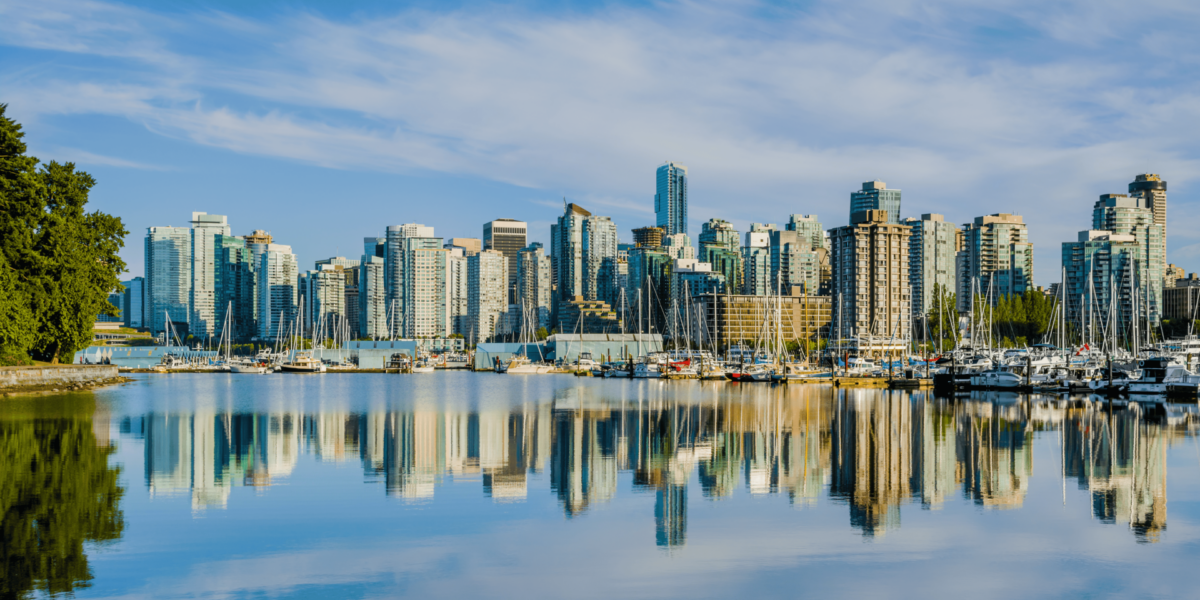Vancouver’s Landscapes Offer Layers of Narrative
Vancouver’s natural surroundings are often used for scenic marketing, but their deeper stories reveal much more. Mountains, forests, and waterfronts carry cultural, historical, and environmental meaning. When captured with intention, these landscapes become tools for storytelling rather than just backdrops.
Photography as a Medium for Place-Based Storytelling
Visual storytelling through photography allows creators to explore more than surface beauty. By choosing specific angles, light, and context, photographers can highlight what a place represents. Vancouver’s landscapes, when seen through a personal or social lens, tell stories about people, time, and change.
Scenario: A Story Hidden in a Quiet Shoreline
A local photographer walks along the edge of Stanley Park after a winter storm. The sand is scattered with seaweed, and the trail is nearly empty. They capture a frame of the shoreline with a single boot print pressed into the wet sand. The photo evokes a moment of solitude and reflection—an image grounded in place and emotion.
Cultural Histories Live Within the Landscape
Vancouver’s natural spaces hold significance for Indigenous communities whose stories are rooted in the land. Recognizing these connections adds depth to landscape photography. Storytelling that acknowledges this history helps preserve the relationship between people and place.
Urban Growth Appears at Nature’s Edge
The contrast between urban development and natural space defines much of Vancouver’s geography. Skyscrapers meet forests and seawalls, telling a story of expansion and adaptation. Documenting this boundary shows how the city balances progress with preservation.
Seasonal Changes Carry Emotional Weight
Vancouver’s shifting seasons bring mood and meaning to its outdoor spaces. Fog, snowfall, or blooming trees transform the same scene into a new story. These conditions influence how photographers interpret the landscape and how viewers emotionally respond to it.
Human Presence Adds Context to the Landscape
Capturing people in nature-based scenes adds another layer of narrative. A figure walking through a park or sitting at a waterfront reflects human connection to place. These images convey scale, emotion, and the lived experience of the landscape.
Scenario: A Runner Traces the Seawall at Dusk
A photographer sets up at a bend in the seawall. As the sun drops behind the buildings, a lone runner appears in the frame. The shot captures motion against still water and fading light. It shows not just exercise, but routine, ritual, and personal space within a public setting.
Everyday Locations Offer Rich Visual Stories
Less-celebrated corners of Vancouver hold strong storytelling potential. Industrial docks, hillside trails, and neighborhood parks provide real insight into the city’s rhythm. These areas show how people use and move through space beyond tourist perspectives.
Environmental Shifts Mark Time in the Landscape
Erosion, construction, and climate effects shape how Vancouver’s landscapes appear and function. Photographs that track these changes help tell ongoing stories about resilience, risk, and responsibility. Documenting transformation creates a record of what the land endures and how it adapts.
Landscape Storytelling Strengthens Local Identity
Images rooted in real experiences help define how people relate to their city. When photographers tell stories grounded in familiar places, they reflect shared values and memory. These stories become part of how communities see themselves and their surroundings.
Documenting Vancouver with Purpose
Going beyond postcard views means capturing the deeper stories in each frame. Vancouver’s landscapes are not static—they hold memory, identity, and meaning. Through thoughtful photography, creators can shape a more honest and lasting visual narrative of the city.

